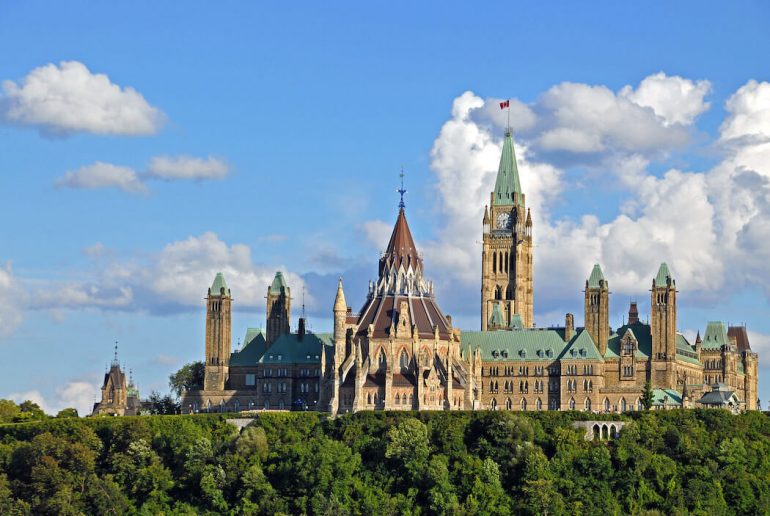The federal government has revealed what the Canada Emergency Wage Subsidy (CEWS) could look like until the end of its tenth period in December, following the announcement of the program’s extension to June 2021.
These proposed changes would increase the budgeted cost of the wage subsidy program to $68.5 billion.
The government is proposing several new changes to the CEWS. These are proposed to apply until December and are still subject to the approval of the House of Commons and Senate.
The proposals come a few weeks after the Liberal government’s throne speech, which made many commitments to assist Canadians amid the second wave of the pandemic.
These new changes would increase the cost of the wage subsidy program to $68.5 billion. So far, $42.63 billion has been deployed through the program to more than 300,000 businesses.
First, the government is proposing that the base subsidy rate for September 27 to October 24 would continue to apply from October 25 to December 19. This would set the maximum base subsidy rate at 40 percent for this period, and the maximum top-up subsidy rate would remain at 25 percent.
Second, the government said to make the top-up subsidy more responsive to sudden changes in revenue, the revenue-decline test for the base subsidy and the top-up subsidy would be “harmonized” from September 27 onward.
RELATED: Trudeau government promises wage subsidy extension, changes to CEBA, BCAP in throne speech
The program is currently using the three-month revenue-decline test for the top-up subsidy. The government is proposing that the base and top-up would be determined by the change in an eligible employer’s monthly revenues, year-over-year, for either the current or previous calendar month.
Third, the government is proposing including a “safe harbour” rule applicable from September 27 to December 19, 2020. This would entitle an eligible employer to a top-up subsidy rate that is no less than it would have received under the three‑month revenue-decline test.
The final proposal from the government is that as of October 25, the wage subsidy for furloughed employees would be aligned with the benefits provided through Employment Insurance to ensure equitable support to Canadian workers. This means the subsidy per week in respect of an arm’s length employee would be the amount of eligible remuneration paid in respect of the week.
The government intends to introduce legislation that would implement the extended wage subsidy but did not specify when.


